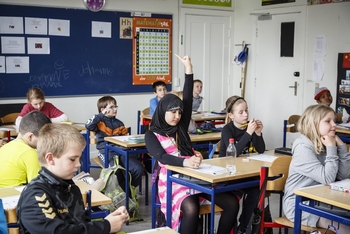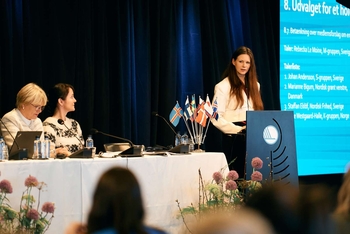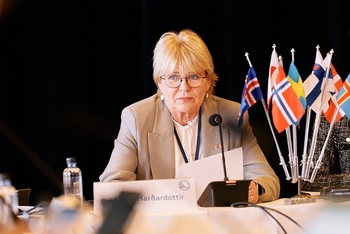New Nordic report: Greenland is the only Nordic country with a declining population

The State of the Nordic Region – a new report from the Nordic Council of Ministers – analyses key figures from the Nordic countries, comparing them across borders and regions. Greenland’s declining population stands out in particular. The country is also ranked fairly low in terms of education and employment levels.
However, Greenland is the only Nordic country where the working-age population has not fallen in relative terms over the last ten years. Conversely, there has been a slight increase in the proportion of the population aged between 15 and 65.
The State of the Nordic Region sheds light on several challenges and problems that can be linked to the low level of educational attainment, which has already been widely discussed in Greenland.
“The State of the Nordic Region sheds light on several challenges and problems that can be linked to the low level of educational attainment, which has already been widely discussed in Greenland. Having said that, we mustn’t forget that there are opportunities for greater co-operation within the Nordic Region as well as several strong networks that are of great interest to the Arctic Region, not to mention the rich culture that Greenland has to offer,” says Mats Bjerde, Director of NAPA, the Nordic Institute in Greenland.
Status of the Nordic Region
Looking at the overall conclusions of the State of the Nordic Region, it’s pleasing to see that both the economy and the labour market in the Nordic Region are faring better than the EU average. In this comparison, the Nordic countries are also relatively good at attracting foreign investment – seven per cent of total foreign direct investment in Europe goes to the Nordic countries, despite them accounting for only four per cent of Europe’s population.
The healthy economy is supported by two trends: The Nordic Region remains one of the most digitalised areas of the EU, and we continue to be stronger than surrounding regions in terms of innovation, despite our lead having reduced. The report also points to the huge potential of the bioeconomy, i.e. sustainable growth based on natural resources.
But if we look at the statistics, there are also areas of concern: despite immigration, the population is aging and immigration is increasingly focused around major cities. The latter poses challenges in integrating immigrants in the labour market.
The report takes note of our successes and sheds light on the challenges we face in key areas of society. This is Nordic co-operation at its best.
“The State of the Nordic Region serves as a compilation of knowledge and information that offers a holistic perspective on development in the Nordic Region and helps Nordic decision-makers to shape new policies. The report takes note of our successes and sheds light on the challenges we face in key areas of society. This is Nordic co-operation at its very best,” says Secretary General of the Nordic Council of Ministers Dagfinn Høybråten.
Facts:
The State of the Nordic Region is a unique collection of data from across the region on economics, demographics, employment, education, and much more, illustrated with specially designed country maps. The Nordic Council of Ministers publishes the report every other year after, for want of another expression, taking the temperature of the regions and municipalities of the Nordic Region. The publication includes an index for regional potential showing how dynamic the 74 separate regions that make up the Nordic Region are based on traditional, comparable, statistical parameters. The index has been designed by Nordregio, the Nordic Council of Ministers’ research centre for regional development and planning.
Read the report in full here:




